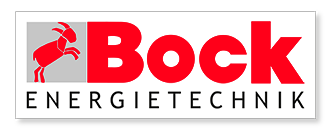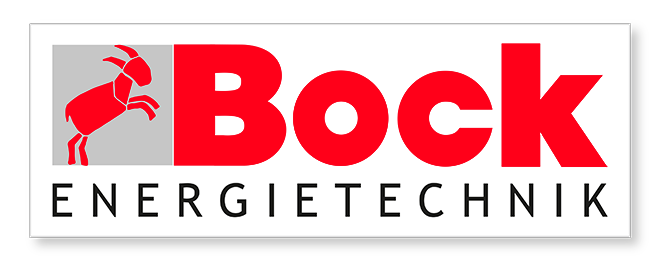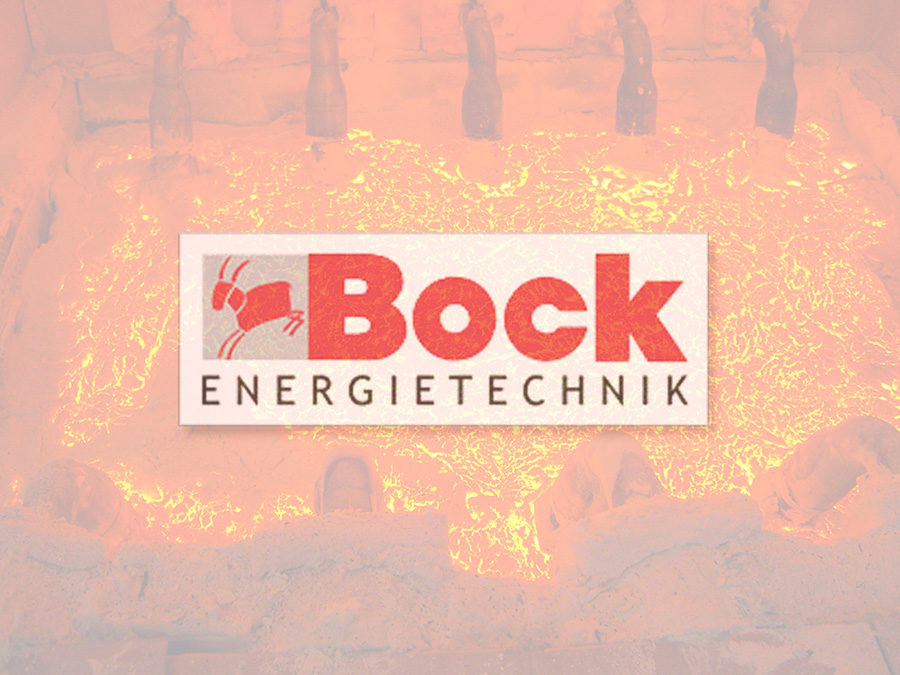Werner Bock examines this question, which is often discussed between melting technologists and electrical engineers. Melting technologies view the behavior of the melt relative to the electrodes, while electrical engineers study the interpretation and nature of the internal power supply.
Step transformers
With electric melt transformers, a single-stage circuit is used at the beginning, and technical progress has now shown that a continuous power adjustment is necessary. Step transformers have initially been used with additional lower power control aggregates to control the power automatically in a small area, which means between the steps.
Rotary transformers
As a further possibility, so called ‘rotary transformers’ were used. The consist of a fixed transformer and a rotor to the phase rotation – and thus to the voltage regulation. This kind of transformer is widely used because they are solid. However, their limitation is that all three phases must be adjusted simultaneously and thus only a total control, even in a certain voltage section is possible.
Regulating transformers
Regulation transformers turned out to be an elegant solution with a continuous tap on the secondary side, which can cover a voltage range where possible, to adjust individual phases independently. In this embodiment, there is no phase rotation – a power factor of 0.96 to 0.98 in the range of 25 – 100% utilization is provided, while an induction controlled solution has a much larger variation in the power factor.
Advantages of transformers
All these transformer solutions have the advantage that they spend in each location a clean sinusoidal voltage curve over the entire control range. This is a major advantage of the solution. Other advantages are that these units provide a common interface between high voltage electrodes and voltage in a compact housing.
Disadvantages are that there are still some mechanical parts inside which are subject to certain service, as well as the oil filling, which needs specific requirements for the installation site.
Disadvantages are that there are still some mechanical parts inside which are subject to certain service, as well as the oil filling, which needs specific requirements for the installation site.
Thyristor controller
The use of thyristor controllers was initially met with reservations, among other things, that they could not be used for certain types of glass. This may be true in certain cases, but the increased number of practical applications has not confirmed this in the majority of cases. The use of thyristor controllers has gained importance since this technique has an economical price – despite some disadvantages.
Matching transformers
As the existing thyristor controllers on the market can only be used for low voltage, a matching transformer for the electrode voltage is usually required. As for power management, a wide voltage range is sometimes needed. It often occurs that a large cutout area phase is necessary. Because of this, measures must be taken to reduce the adverse effects. This should be considered in the construction or layout of the matching transformers. They should be chosen with an optimum phase angle, perhaps by judicious choice of transformer stages in case of a different operating voltage.
Disadvantages such as line reactions and degradation of the power factor must also be compensated by measures such as chokes and capacitors; and also by a voltage selection adjusted to the electrodes. Impedance matching transformers are to be built with reduced induction of 1.6 to 1.3 tesla. This measure reduces the steep current rise and protects the thyristor controller.
Without matching transformers
Various facilities are operated with thyristors without matching transformers. This means the thyristors are connected directly to the melting electrode. Of course this requires precise knowledge of operating voltage of the melt and is limited to specific plants and glass types. One can save the matching transformers with all the costs, space requirements and power dissipation. In this case the part of the direct current (DC) which acts on electrodes must be considered. Neglecting this phenomenon can eventually lead to damaged melting units. To eliminate this effect, a DC elimination has to be installed and monitored. When using this operating mode the medium-voltage transformer must have additional secondary levels to allow for adjustment. Even high electrode currents can be managed by a parallel circuit of the thyristors.
Thyristor controller benefits
An advantage of the use of thyristor controllers is the simple and elegant way of controlling high currents. This is made possible by little control signals – lossless and without mechanical contacts and therefore maintenance-free. There will be a space-saving design, where u can handle in the smallest place relatively high currents. Further advantages also include special circuits of combinations of thyristors, such as voltage sequence control. This allows a large range of control without adverse conversion of the voltage.
Conclusion
The question of using regulating transformers or thyristor control transformers must be decided individually and considers several factors for each application. The ongoing technical development in the technology of thyristors will show a greater scope in the glass melt in the near future.


